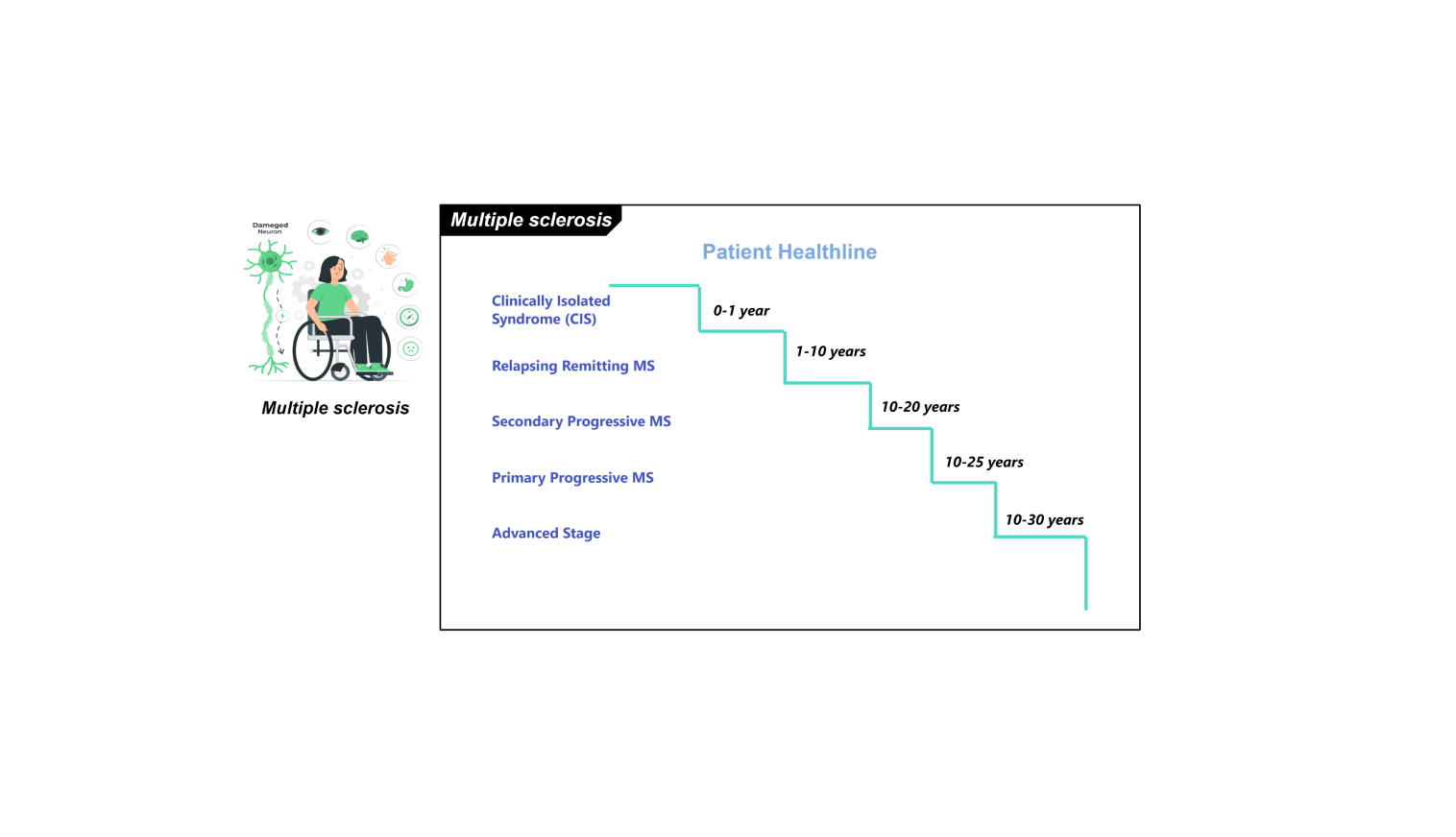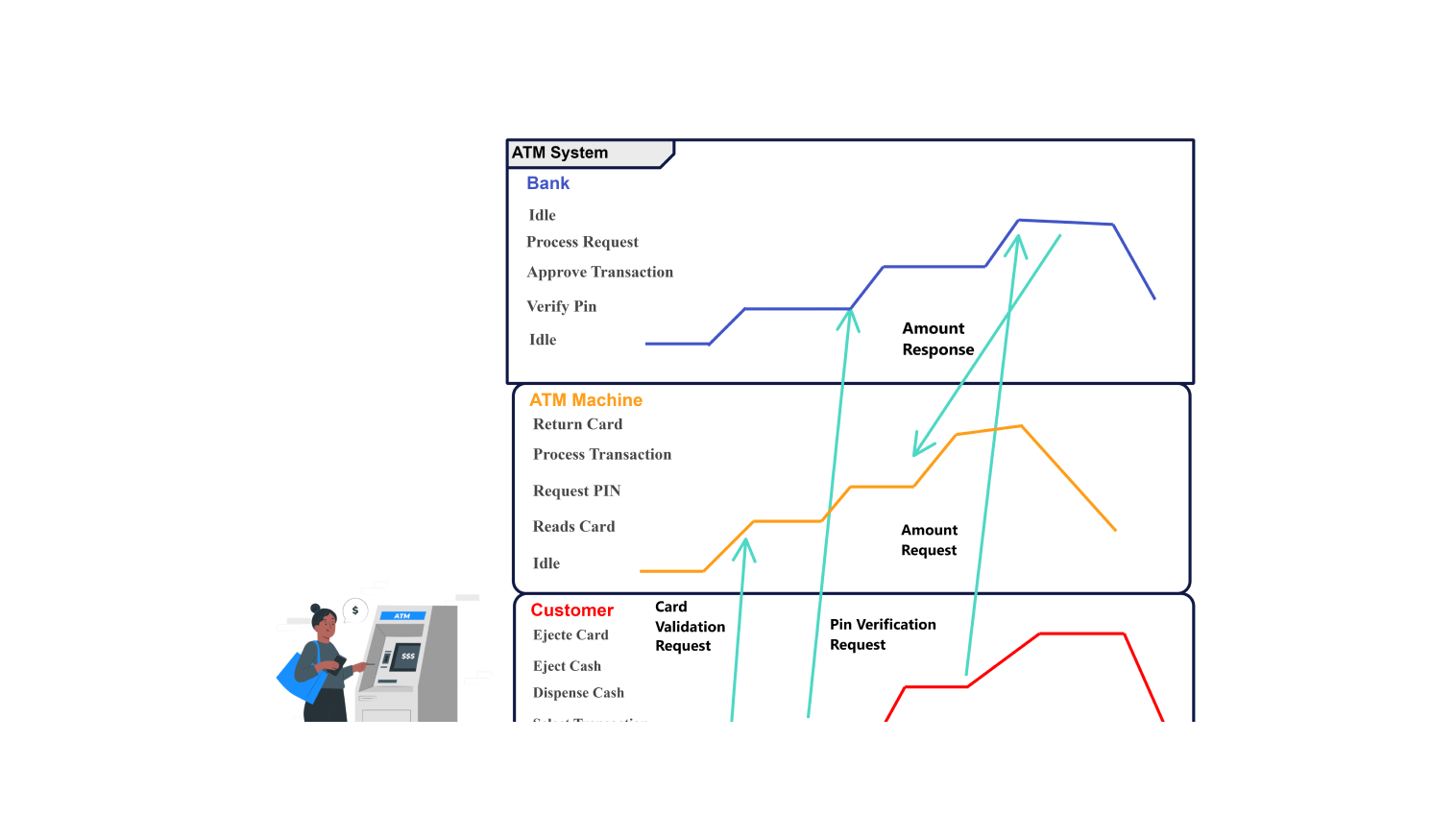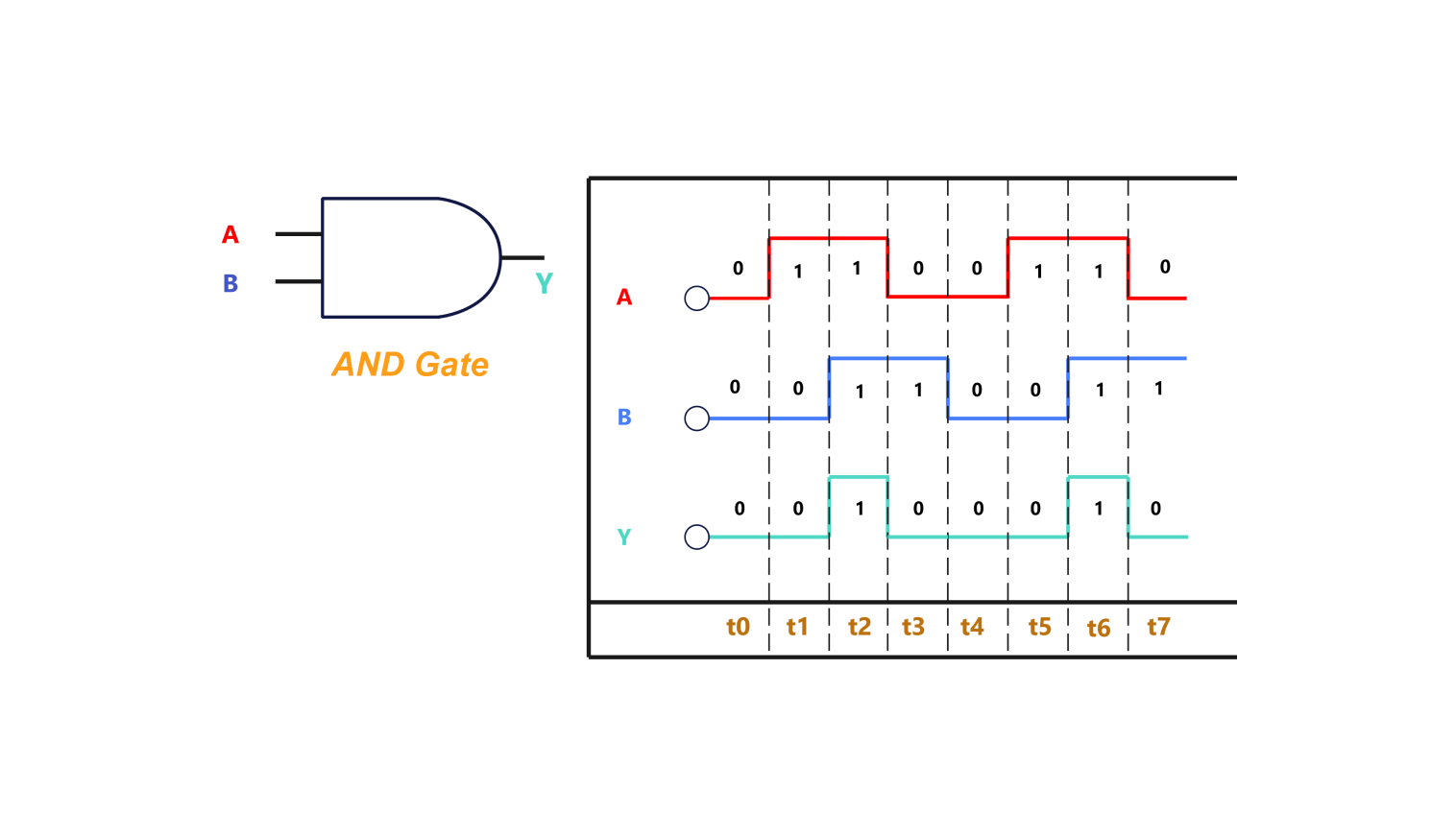- Templates
- Timing diagram templates
- Timing diagram for elevator system
About the timing diagram example
The template visually depicts MS symptom progression, including fatigue, weakness, vision issues, and cognitive impairment. It aids healthcare and research communities in understanding symptom dynamics and provides a clear timeline of how symptoms evolve over time.
This template serves as a valuable resource for healthcare professionals, researchers, and MS patients, offering clear insights into symptom evolution and facilitating tailored treatment plans. By illustrating the progression of symptoms in a structured manner, it helps in identifying critical points for intervention and supports effective communication among all stakeholders involved in MS management.
How to use the timing diagram template
Open the template and modify actors (e.g., patient, doctor) and processes (e.g., symptom onset) to fit your MS scenario. Use the editor to adjust elements.
Adjust the timing and sequence of events to match MS progression. Modify labels and connections to ensure accurate representation.
Review your timing diagram to ensure all interactions and timings are accurate. Make necessary adjustments for clarity.
Export the finalized diagram in your preferred format (SVG, PPTX, PDF, or JPG) for easy sharing.
Share the completed diagram with stakeholders, team members, or patients to facilitate discussions and documentation.
Why one should use the timing diagram template?
Using this template provides a structured way to visualize and understand the timing and progression of MS symptoms. It helps break down complex symptom dynamics into clear, manageable steps, enhancing communication among healthcare professionals and stakeholders.
This template supports accurate symptom tracking, aids in identifying potential issues, and ensures all aspects of MS progression are accounted for. By using this template, organizations can streamline the documentation process, improve clarity, and support effective patient care and research.
FAQs about the timing diagram of multiple sclerosis
-
What is a timing diagram in the context of multiple sclerosis?
A timing diagram in the context of multiple sclerosis illustrates the chronological sequence of symptom onset and progression, showing how symptoms change over time.
-
How detailed should a timing diagram for multiple sclerosis be?
The diagram should be detailed enough to cover all essential symptoms and transitions but not overly complex. It should clearly depict the timing and progression to ensure comprehensibility.
-
Can this timing diagram template be customized for different neurological disorders?
Yes, the template can be customized to fit various neurological disorders by adjusting the actors and symptom progression accordingly.
-
What are common pitfalls to avoid when creating a timing diagram for multiple sclerosis?
Common pitfalls include overcomplicating the diagram with too much detail, omitting key symptoms, and not validating the diagram with relevant stakeholders. Ensuring simplicity, completeness, and stakeholder review can help avoid these issues.
-
How can a timing diagram help in improving the management of multiple sclerosis?
A timing diagram helps improve the management of multiple sclerosis by providing a clear visual representation of symptom progression. It aids in identifying potential issues, ensuring all processes are accounted for, and facilitating better communication among healthcare professionals.
Related templates
Get started with EdrawMax today
Create 210 types of diagrams online for free.
Draw a diagram free Draw a diagram free Draw a diagram free Draw a diagram free Draw a diagram free


